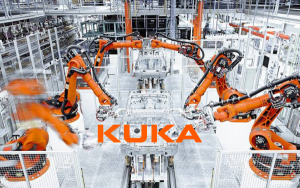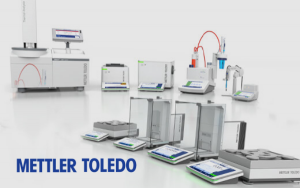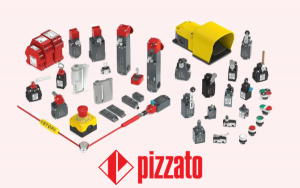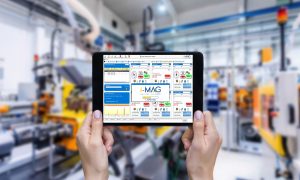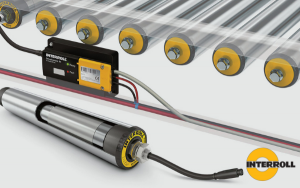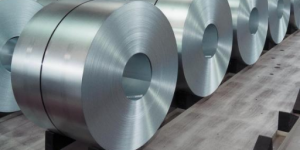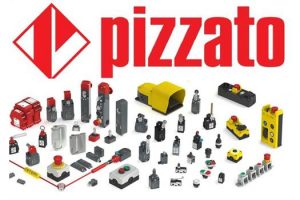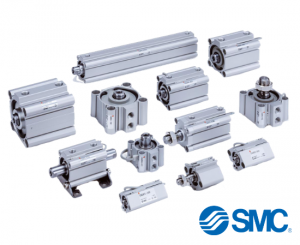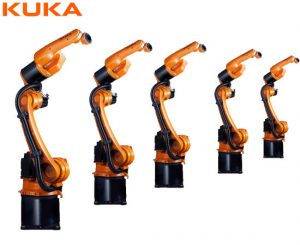Lean manufacturing is a method that focuses on minimizing waste in a production system while maximizing productivity. Some of the benefits of lean manufacturing can include reduced lead times, reduced operating costs, and improved product quality.
Some well-known companies using Lean Manufacturing include Toyota, Intel, John Deere, and Nike. This method was based on the Toyota Production System and is still used by that company, as well as countless others. Lean manufacturing is based on some specific principles, such as Kaizen or continuous improvement.
Lean manufacturing was introduced to the world through the 1990 publication of Machines that Changed the World , based on an MIT study of the future of the automobile detailed by its lean manufacturing system. Toyota. Since that time, lean principles have profoundly influenced manufacturing concepts around the world, as well as industries outside of manufacturing, including healthcare, software development, and other industries. service.
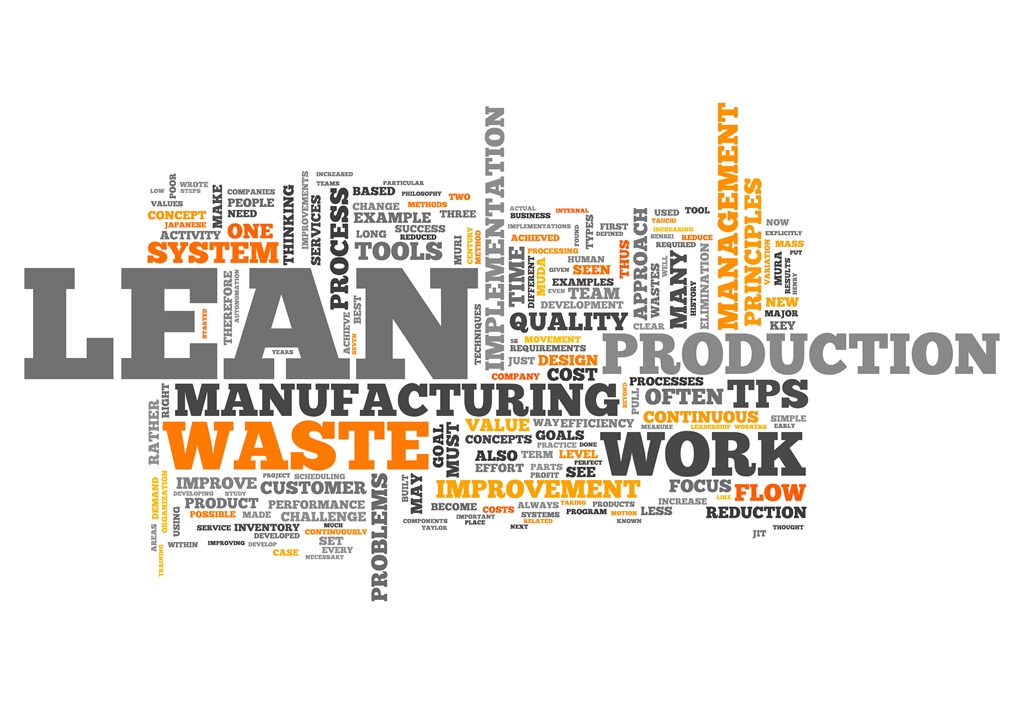
Five principles of lean manufacturing:
A widely referenced book, Thinking Lean: Eliminate Waste and Create Wealth in Your Company , published in 1996, lays out the five principles of lean, which many in This field is considered the core principle. They are value, value stream, flow, traction and perfection. These are now used as the basis for implementing Lean Manufacturing.
1. Determine value from the customer’s point of view.
Value is created by the producer, but it is determined by the customer. Companies need to understand the value that customers place on their products and services, which can help them determine how much customers are willing to pay.
The company must strive to eliminate waste and costs from its business process so that it can achieve the customer’s optimal price – which gives the company the most profit.
2. Value stream mapping.
This principle involves recording and analyzing the flow of information or materials needed to produce a particular product or service with the aim of identifying waste and improving methods. Value stream mapping covers the entire product lifecycle, from raw materials to disposal.
Companies must check each stage of the cycle for waste. Anything that does not add value must be discarded. Lean Thinking recommends linking supply chains as part of this effort.
3. Create a flow.
Remove functional barriers and identify ways to improve execution time. This aids in ensuring smooth processes from order receipt to delivery. Flow is important for waste removal. Lean manufacturing relies on preventing disruptions in the production process and enabling a harmonized and integrated set of processes in which operations move seamlessly.
4. Set up a drag system.
This means you only start a new job when the need arises. Lean manufacturing uses a pull system instead of a push system.
Push systems are used in manufacturing resource planning (MRP) systems. With a push system, inventory needs are determined in advance and products are manufactured to meet that forecast. However, forecasts are often inaccurate, which can lead to swings between too much and not enough inventory, as well as subsequent disrupted schedules and poor customer service.
In contrast to MRP, lean manufacturing is based on a pull system in which nothing is purchased or produced until there is demand. Pull relies on flexibility and communication.
5. Pursuit of perfection with continuous process improvement, aka Kaizen.
Lean manufacturing is based on the concept of continuously striving for perfection, which requires targeting the root causes of quality problems, and treating and eliminating waste across the entire value stream.






